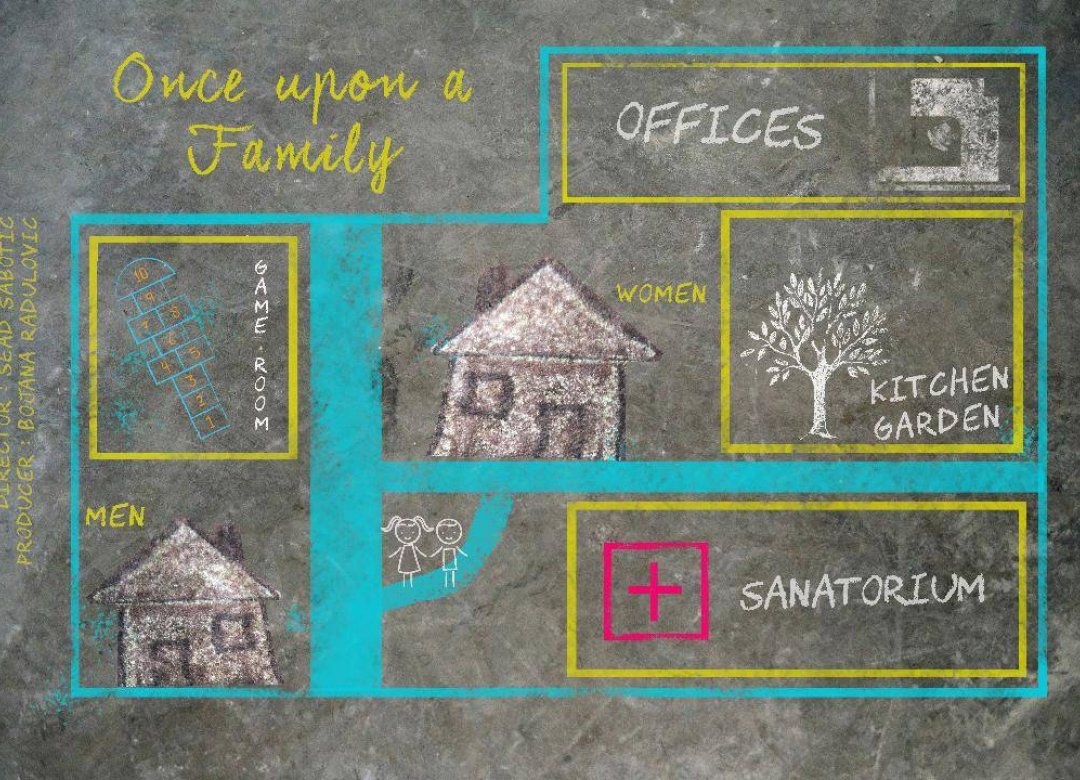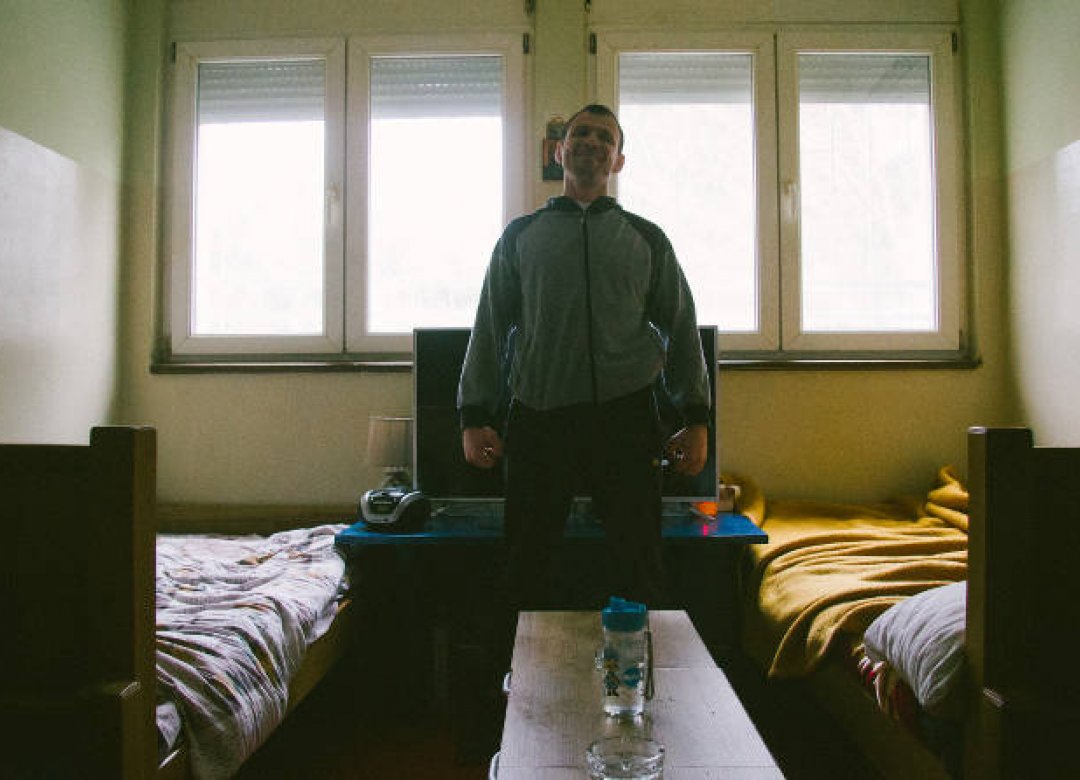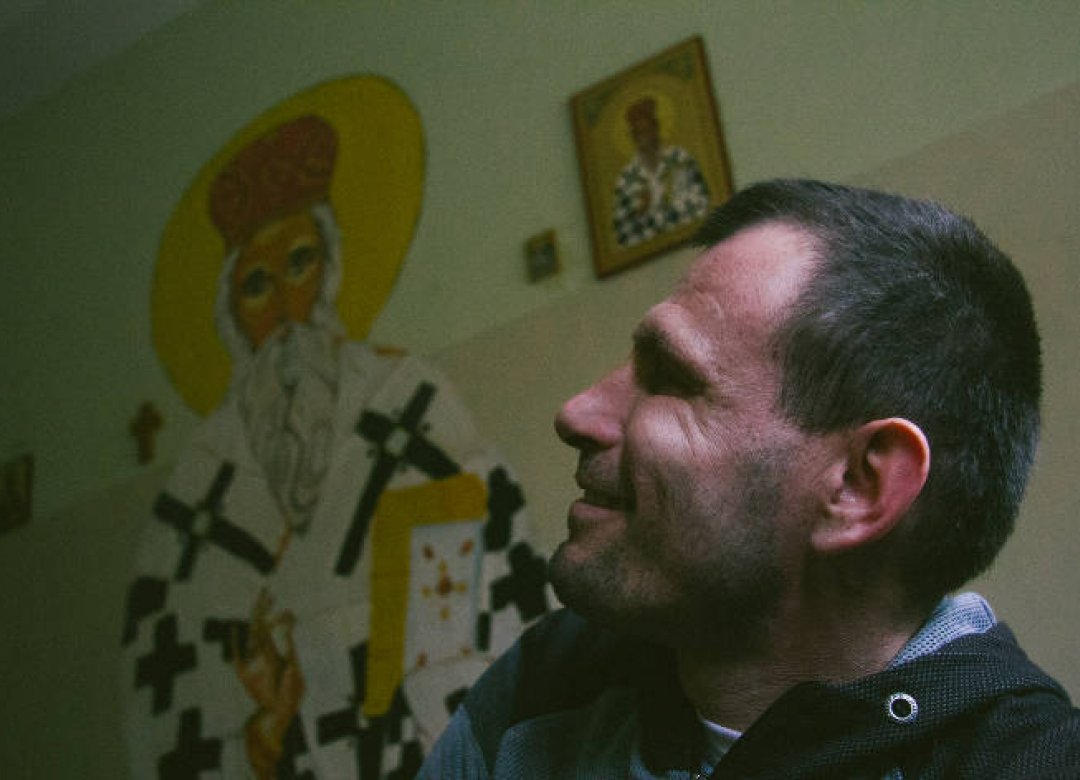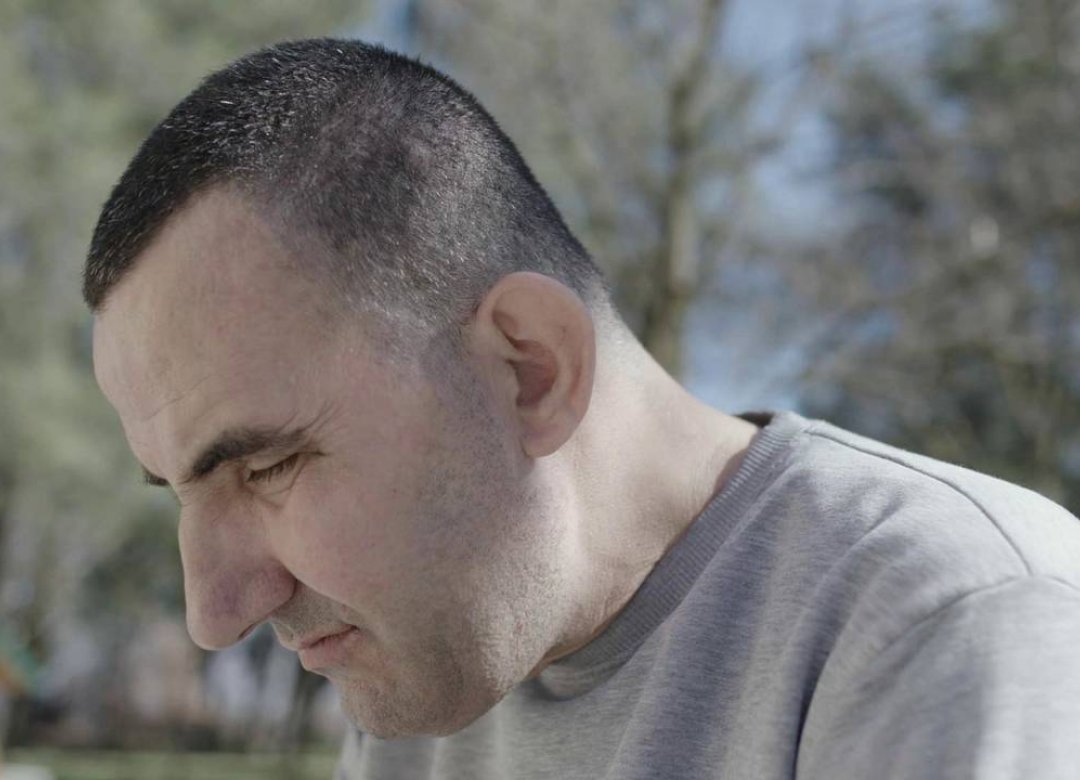Synopse
As a eithties TV archive pictures it, Gorcin grew up in an orphanage. As there was no place elsewhere for him when coming of age, he went straight to Komanski Most, a residential institution for adults with mental and developmental disorders, where he spent a medicated life. Now in his fifties, he doesn’t have much of a personal past else then a dreamy memory of the night preceding his separation from his parents.
He has a few good friends, namely Marija, has a safe roof, three meals a day, enjoys handcraft workshops, choir singing, and has a dream: reconstructing and populating a pigeon house. It is a much of a life, after all, as the director faces it, since Covid banned his access to Komanski Most, putting his film on hold, and kept him stranded home. He finds himself confronted, as most of worldwide population, to the loss of what makes our lives normal: social relations, security, freedom, work and aim, and questions sanity at a time when lockdown’s ensuing mental disorder and economical downfall fragilizes our societies and menace our basic needs and human affect.
Prior to documenting Gorcin's daily life when authorized again, the director envisions what his life might have been if not abandoned as a child, using daily-life archives of Yugoslav People’s republic's commune life. He confronts those with contemporary sequences of nowadays’s somewhat prosaical population's limited and solitary errands, putting social reality to question.
The film will interlace these sequences with those shot when returning to the « mad » world of Komanski Most, revealing the rumor, while it spreads, of a government inclusion program soon allowing those with lighter diagnosis to be entrusted personal and autonomous individual flats within the city. Marija will leave, when Gorcin will keep busy with his pidgeon house, letting one go and watching him fly away into the unknown, while the director will engages into the "world after", doubting his normal man’s certitudes.
He has a few good friends, namely Marija, has a safe roof, three meals a day, enjoys handcraft workshops, choir singing, and has a dream: reconstructing and populating a pigeon house. It is a much of a life, after all, as the director faces it, since Covid banned his access to Komanski Most, putting his film on hold, and kept him stranded home. He finds himself confronted, as most of worldwide population, to the loss of what makes our lives normal: social relations, security, freedom, work and aim, and questions sanity at a time when lockdown’s ensuing mental disorder and economical downfall fragilizes our societies and menace our basic needs and human affect.
Prior to documenting Gorcin's daily life when authorized again, the director envisions what his life might have been if not abandoned as a child, using daily-life archives of Yugoslav People’s republic's commune life. He confronts those with contemporary sequences of nowadays’s somewhat prosaical population's limited and solitary errands, putting social reality to question.
The film will interlace these sequences with those shot when returning to the « mad » world of Komanski Most, revealing the rumor, while it spreads, of a government inclusion program soon allowing those with lighter diagnosis to be entrusted personal and autonomous individual flats within the city. Marija will leave, when Gorcin will keep busy with his pidgeon house, letting one go and watching him fly away into the unknown, while the director will engages into the "world after", doubting his normal man’s certitudes.
Články
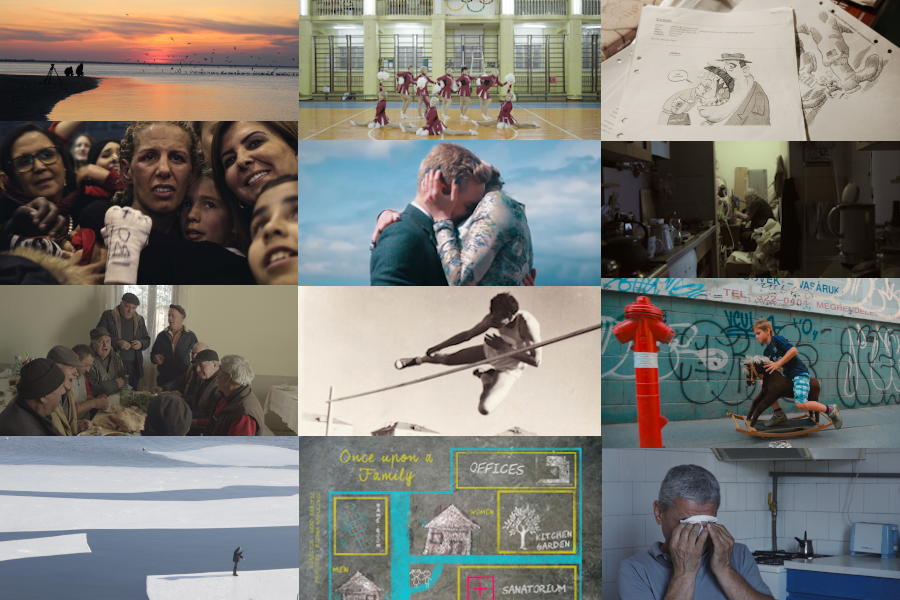
1. 6. 2020
Představujeme 12 projektů workshopu Ex Oriente Film 2020
Institut dokumentárního filmu představuje 12 dokumentárních projektů, které byly vybrány do 18. ročníku workshopu Ex Oriente Film z rekordního počtu 108 přihlášených projektů.
číst více
Fotogalerie
